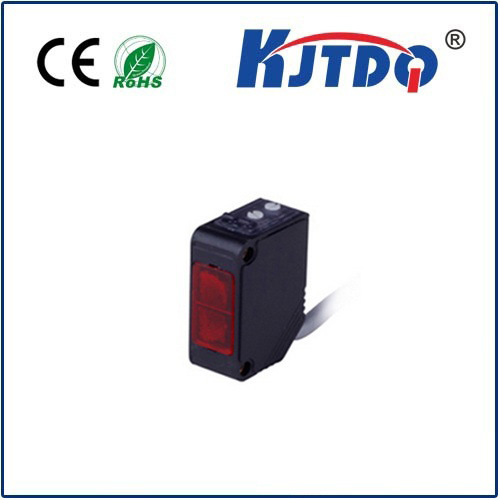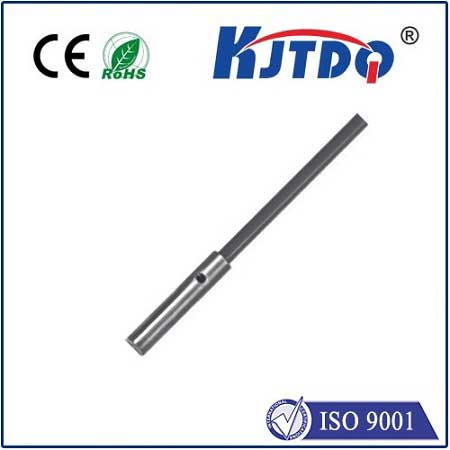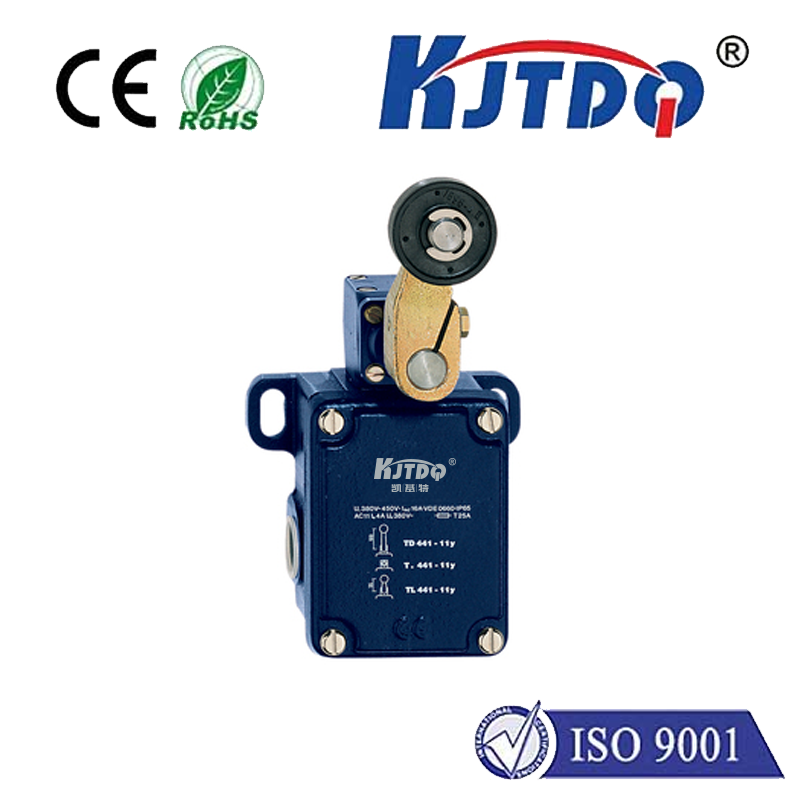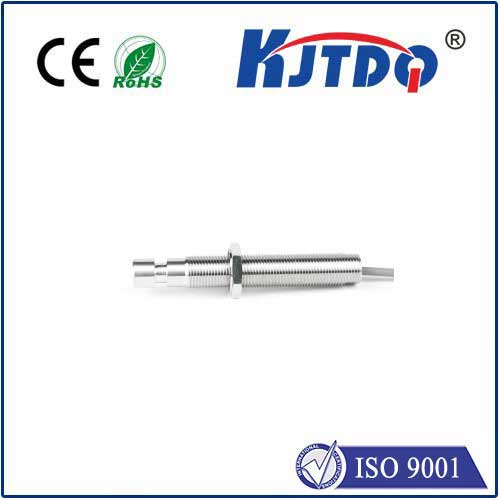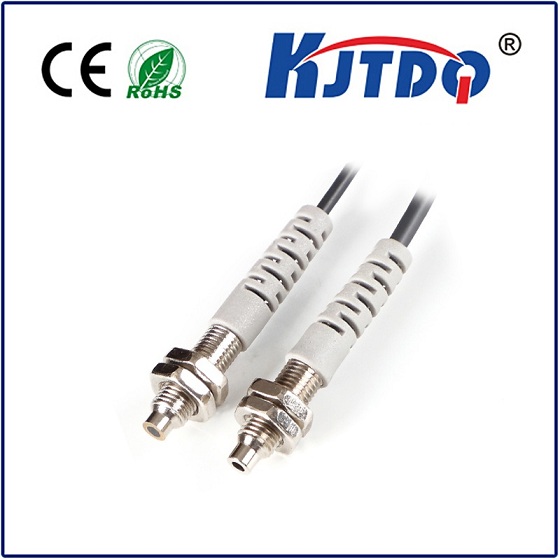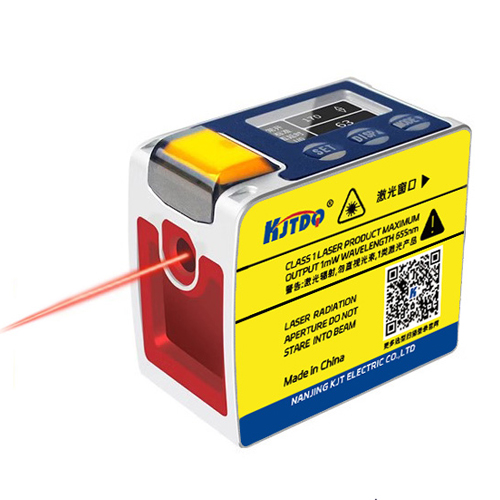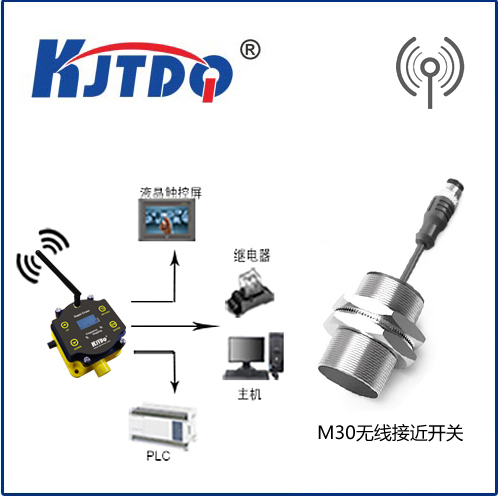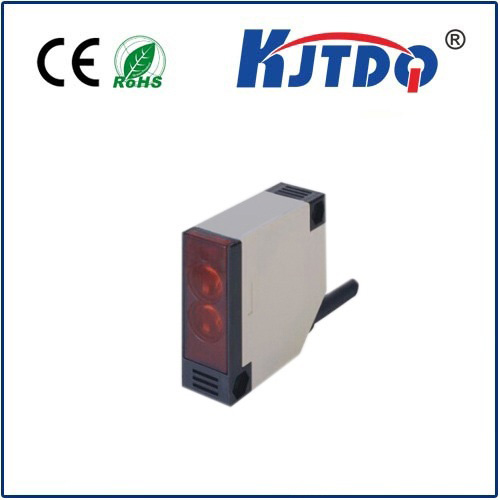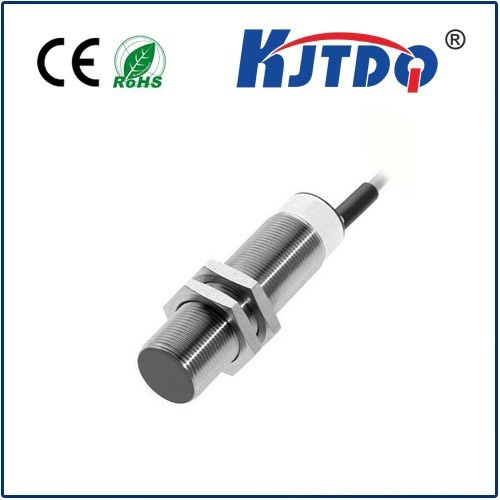

check

check

check

check

check

check

check

check

check

check
Title: The Evolution of Laser Energy Photodiode Sensors: Advancements and Applications
Introduction
In recent years, the field of sensors has undergone a significant transformation, with the development of new technologies that have revolutionized the way we collect and analyze data. Among these innovations is the laser energy photodiode (LEDP) sensor, which has emerged as a powerful tool for measuring light intensity and other physical properties. This article will explore the evolution of LEDP sensors, their key features, and various applications in diverse industries.
The Emergence of Laser Energy Photodiodes

The concept of using laser diodes to measure light intensity dates back to the early 1960s when scientists first discovered that diode photodiodes could be used to detect infrared radiation. However, it wasn't until the 1980s that researchers began exploring the potential of using LEDP sensors for more conventional applications. By combining high-energy laser beams with photodiodes, scientists were able to develop sensors that could rapidly respond to changes in light intensity, making them ideal for use in a wide range of scientific experiments and industrial processes.
Key Features of Laser Energy Photodiode Sensors
One of the most significant advantages of LEDP sensors is their ability to respond rapidly to changes in light intensity. This feature makes them particularly useful for applications where quick response times are critical, such as in imaging systems or sensing technology. Additionally, LEDP sensors can be designed to operate in a variety of environments, including extreme temperatures, humidity levels, and ionizing radiation. This makes them highly versatile tools for use in a range of scientific disciplines and industrial processes.
Applications of Laser Energy Photodiode Sensors
Despite being a relatively new technology, the potential applications of laser energy photodiode sensors are vast and varied. In the scientific community, these sensors are commonly used for tasks such as measuring the absorption coefficient of materials or detecting defects in microelectronics. In industry, they are employed in applications such as quality control, process monitoring, and environmental sensing. Other potential uses include medical imaging, agriculture, and transportation safety systems.
Conclusion
As the field of sensors continues to evolve, it is clear that laser energy photodiode sensors will play an increasingly important role in our lives. Their ability to rapidly respond to changes in light intensity, coupled with their versatility and robustness, make them ideal tools for a wide range of applications. As researchers continue to refine this technology, it is likely that we will see even more exciting developments in the coming years.

